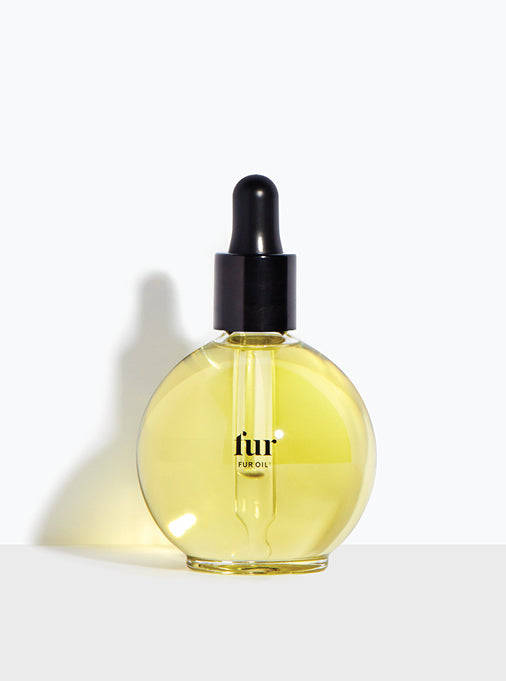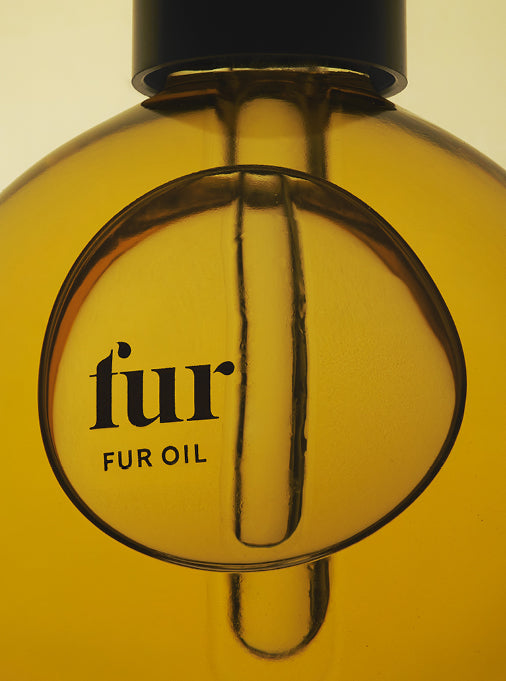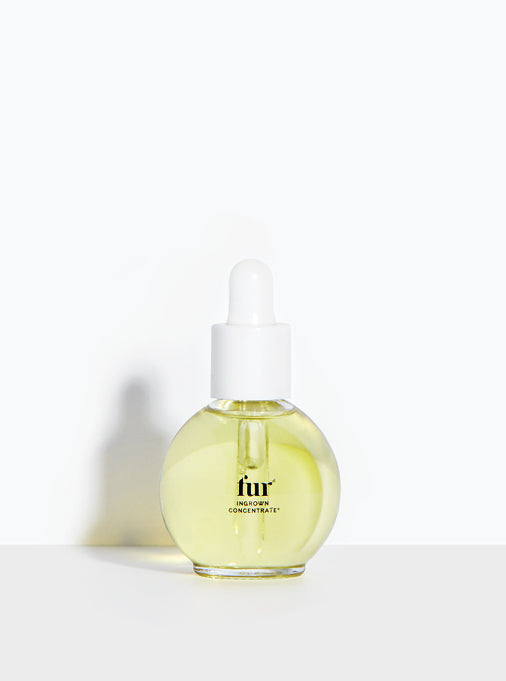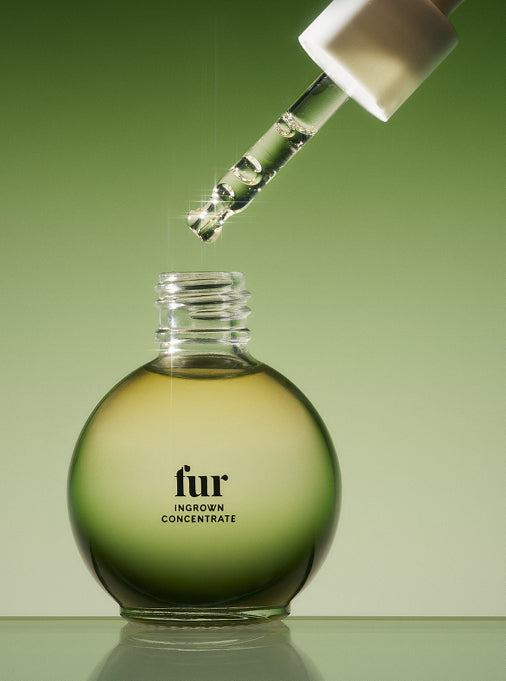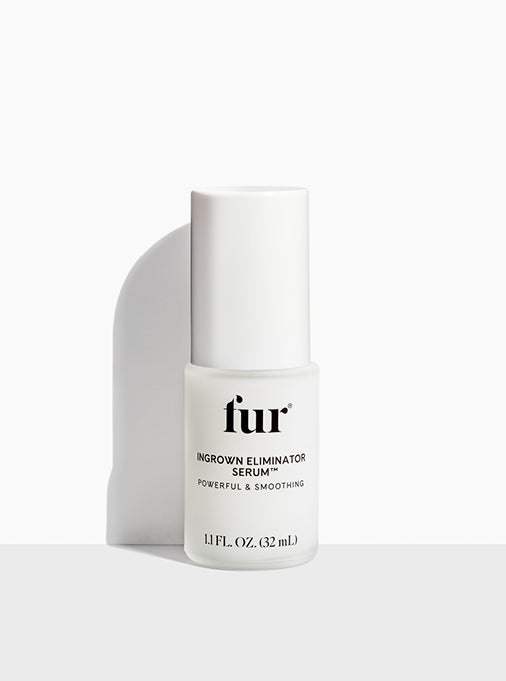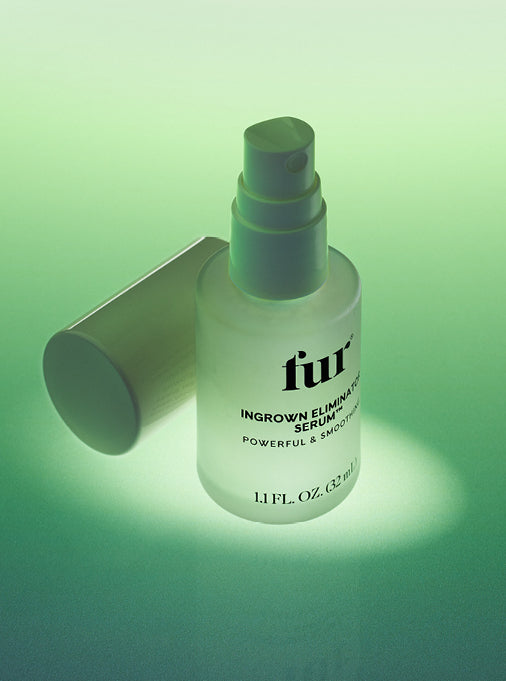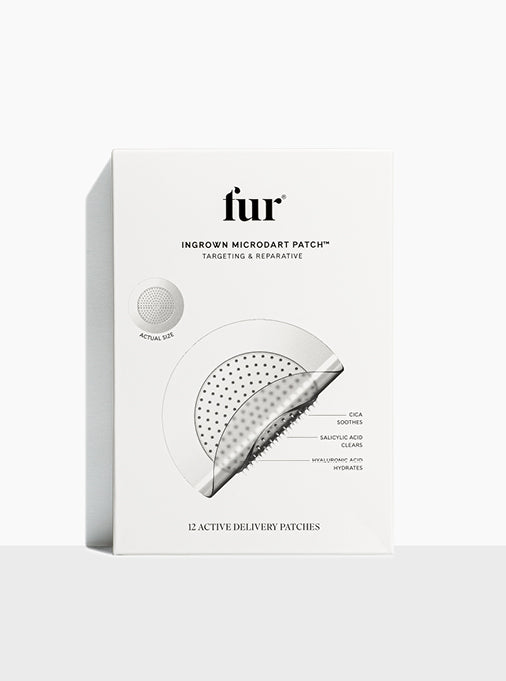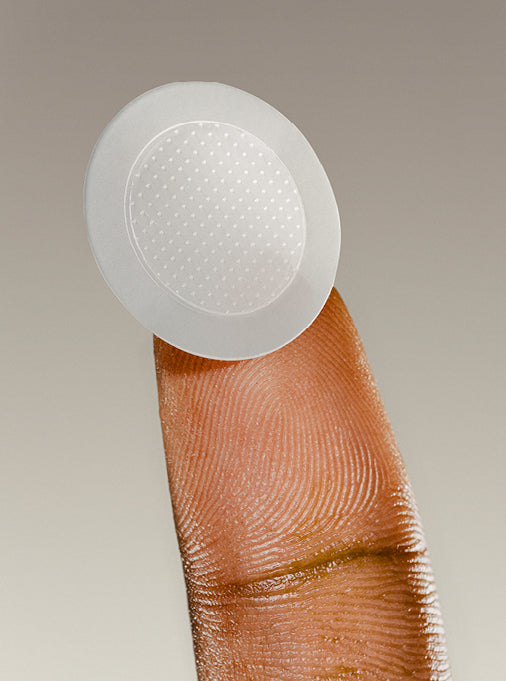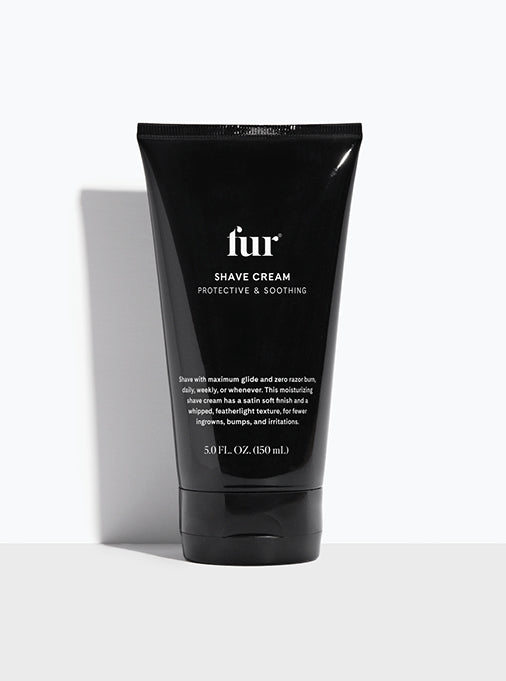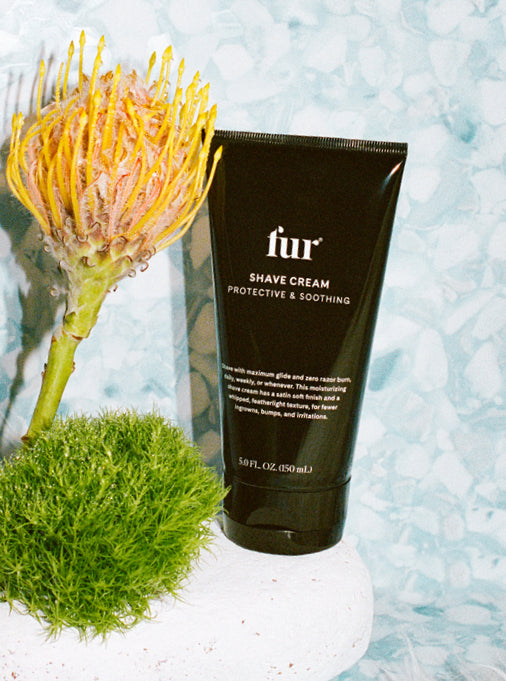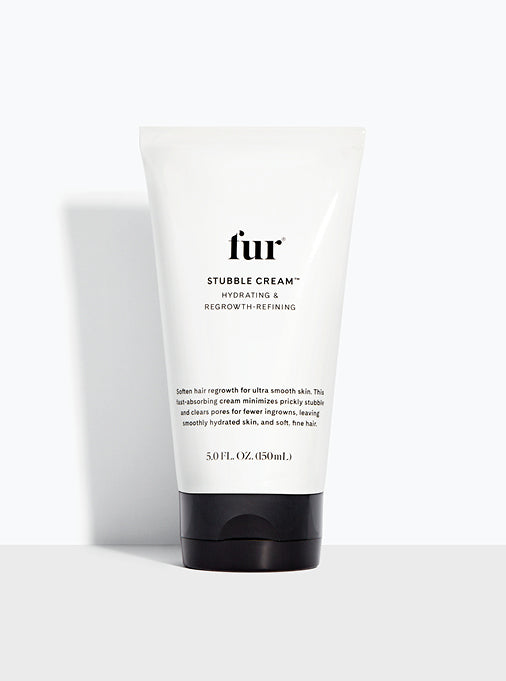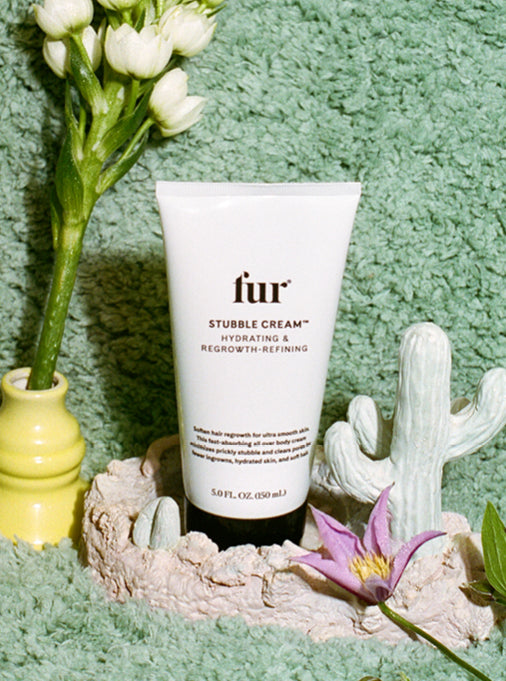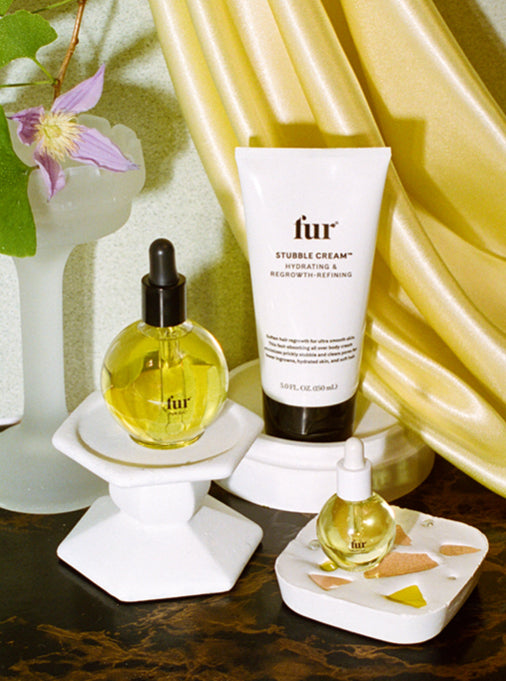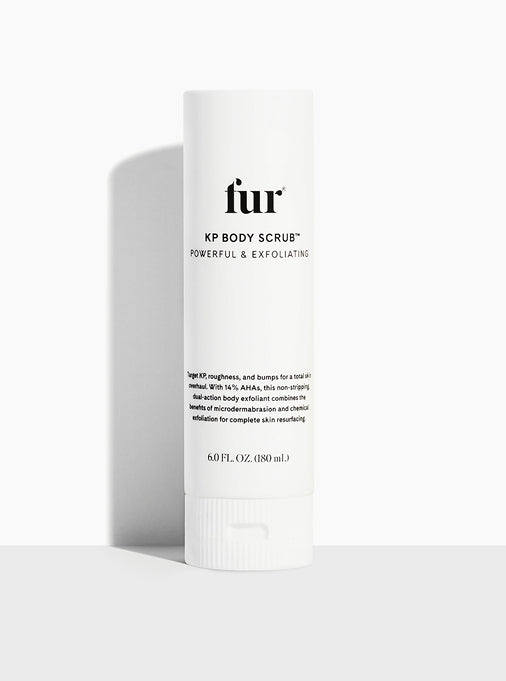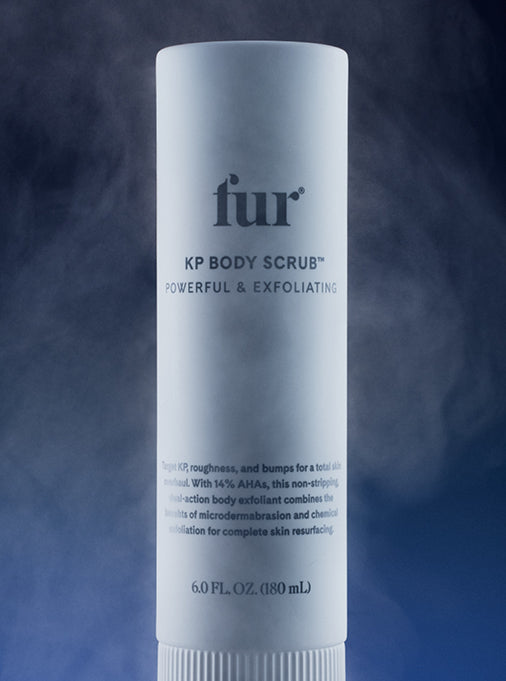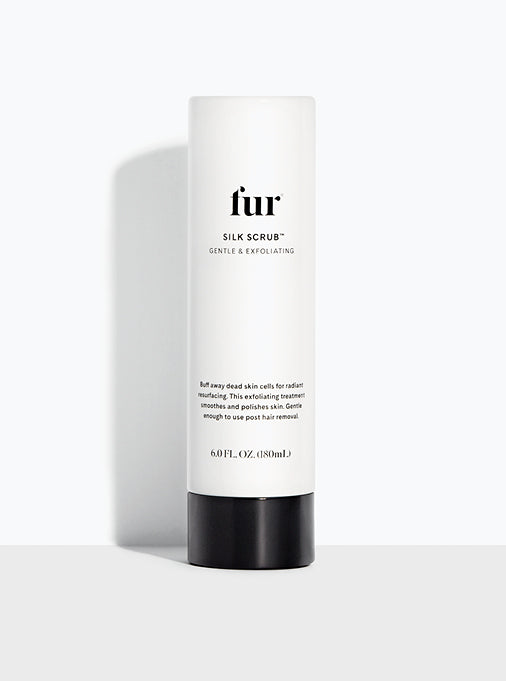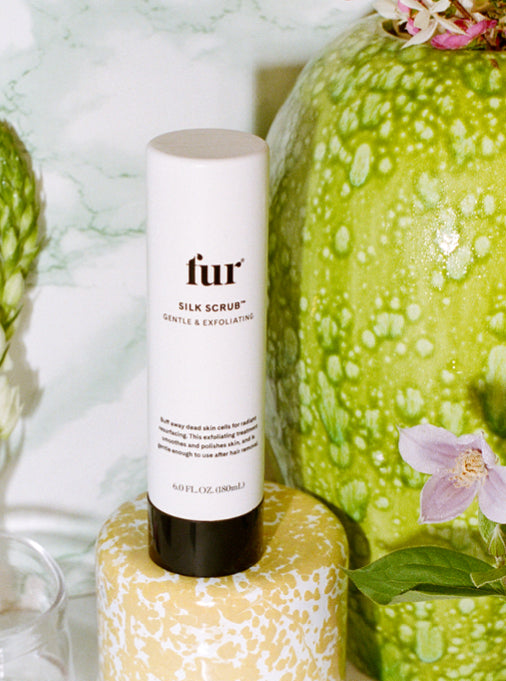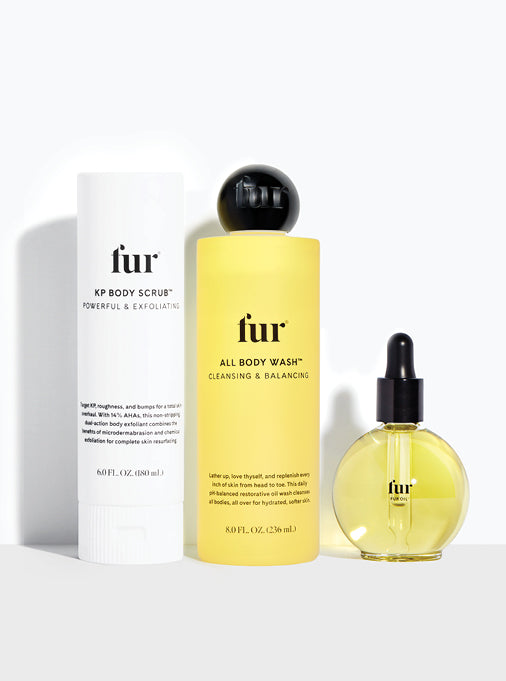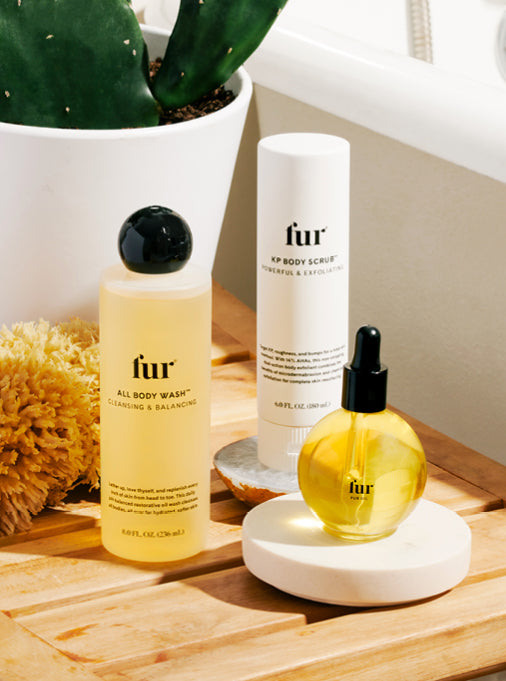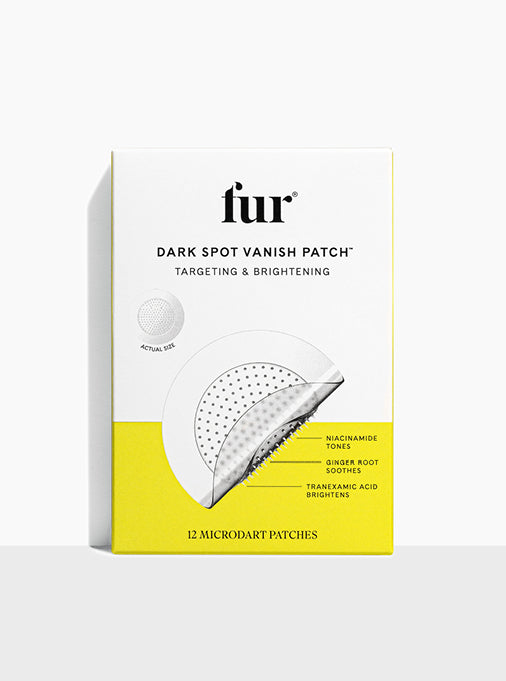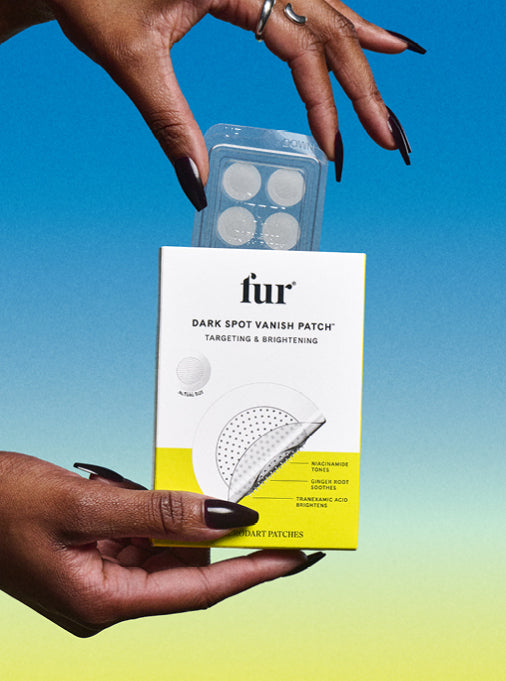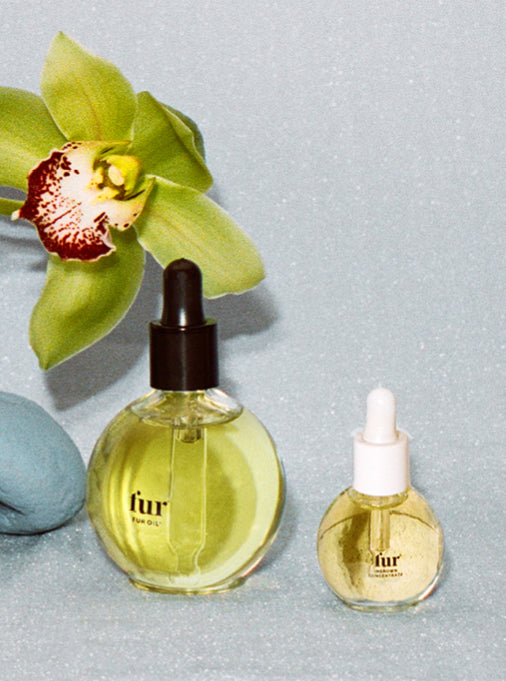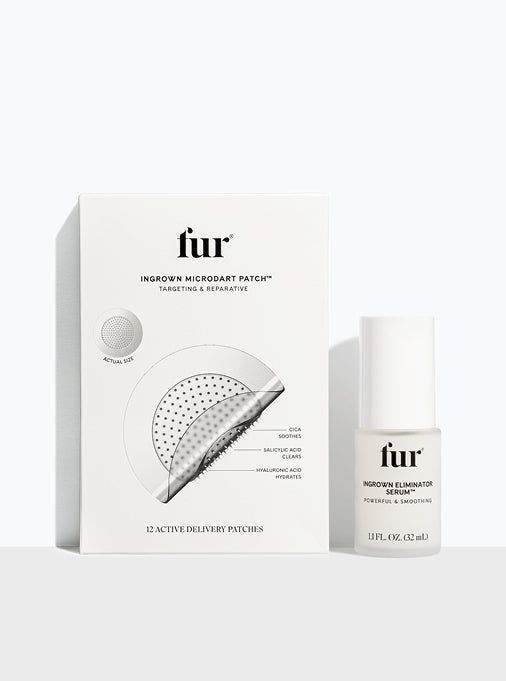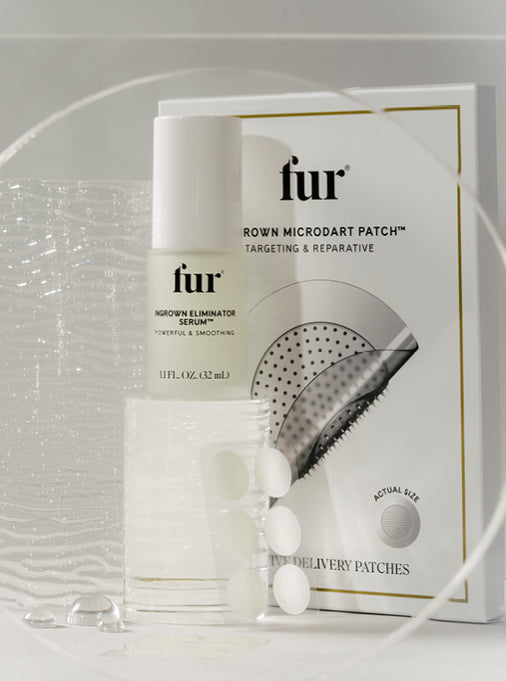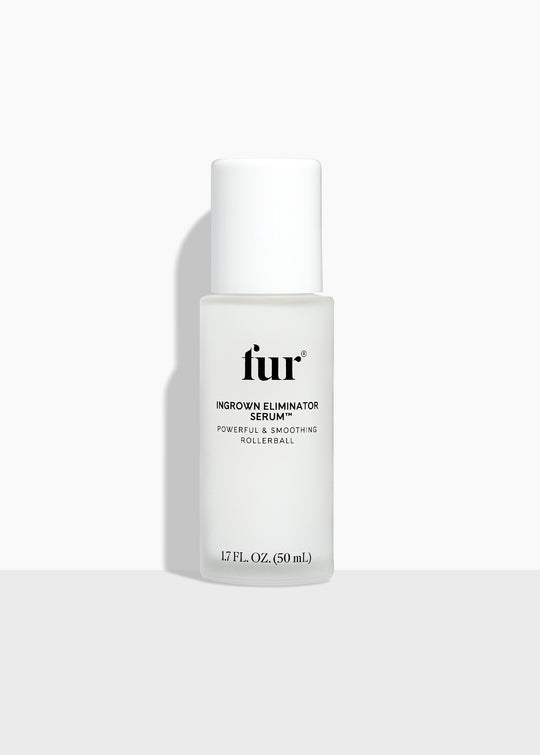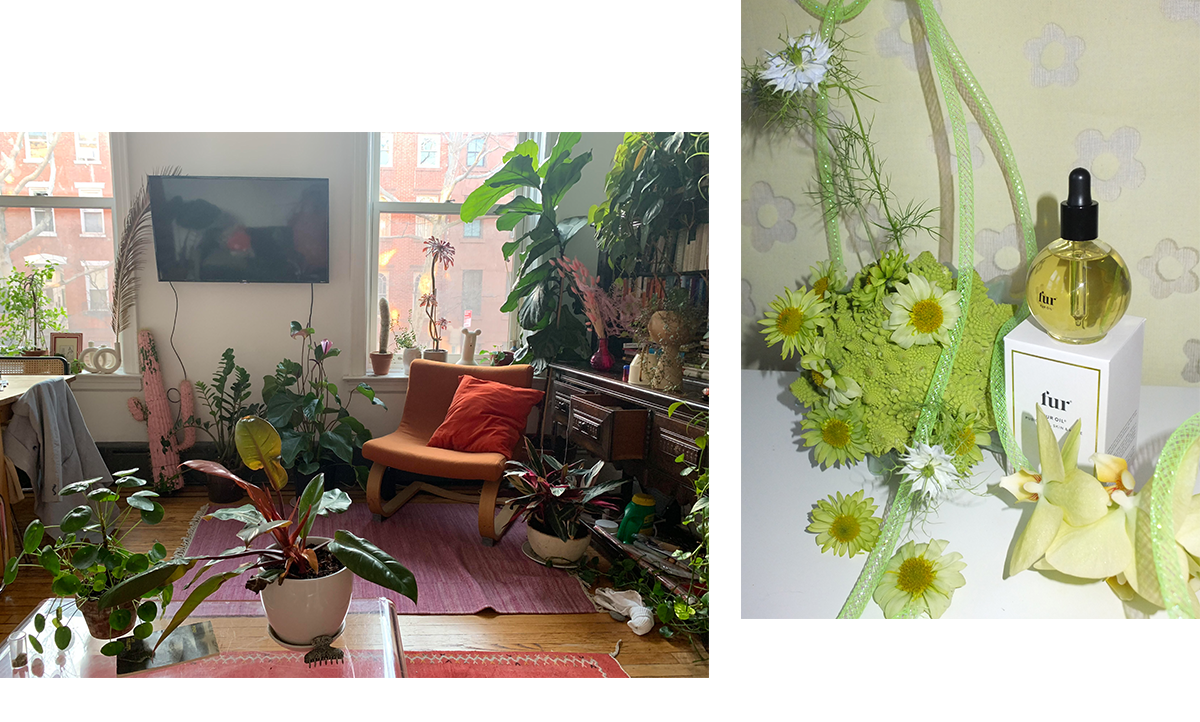
With the return of spring comes a feverish need to refresh and reinvigorate our selves and the spaces we keep. While the outside environment blooms with fresh greenery and flowers we always have an urge to reflect this renewal in our own homes with a collection of new leafy friends. We asked Fur employee and resident plant lover Tyler McGillivary to share some secrets on how to make sure these purchases last and we asked Jaime McCuaig, a Toronto based florist, to create arrangements with the Bare Necessities to accompany the post.
After I graduated from college, while struggling to answer the pervasive post grad question of What’s Next?, I stumbled into a job working at a plant and furniture store in Brooklyn. Not wanting to mislead my potential new employers (and risk getting immediately fired) I stressed during the interview that I knew little to nothing about plants and had managed to kill every one I’d ever owned. They assured me it would be fine and that within a few weeks I’d be more than well-versed in plant care. A little over a year later and my house is an ever-growing jungle of greenery, with plants spilling out over every available surface (see below.) Plants have become integral to the environments in my life, providing beauty, calm and routine to otherwise disorganized settings. Below I’ve written a guide for how to care for plants against all odds.
Rule Number One: Pick your plant wisely
This is without a doubt the most important part of the process. Understanding how much sunlight your apartment has and which plants will thrive in those conditions will be key to your success as a plant parent. Not every plant can exist in every environment despite how badly you love the look of succulents or how long you’ve dreamt of a fiddleleaf fig. But fear not! There are great houseplant options for every home.
No Light
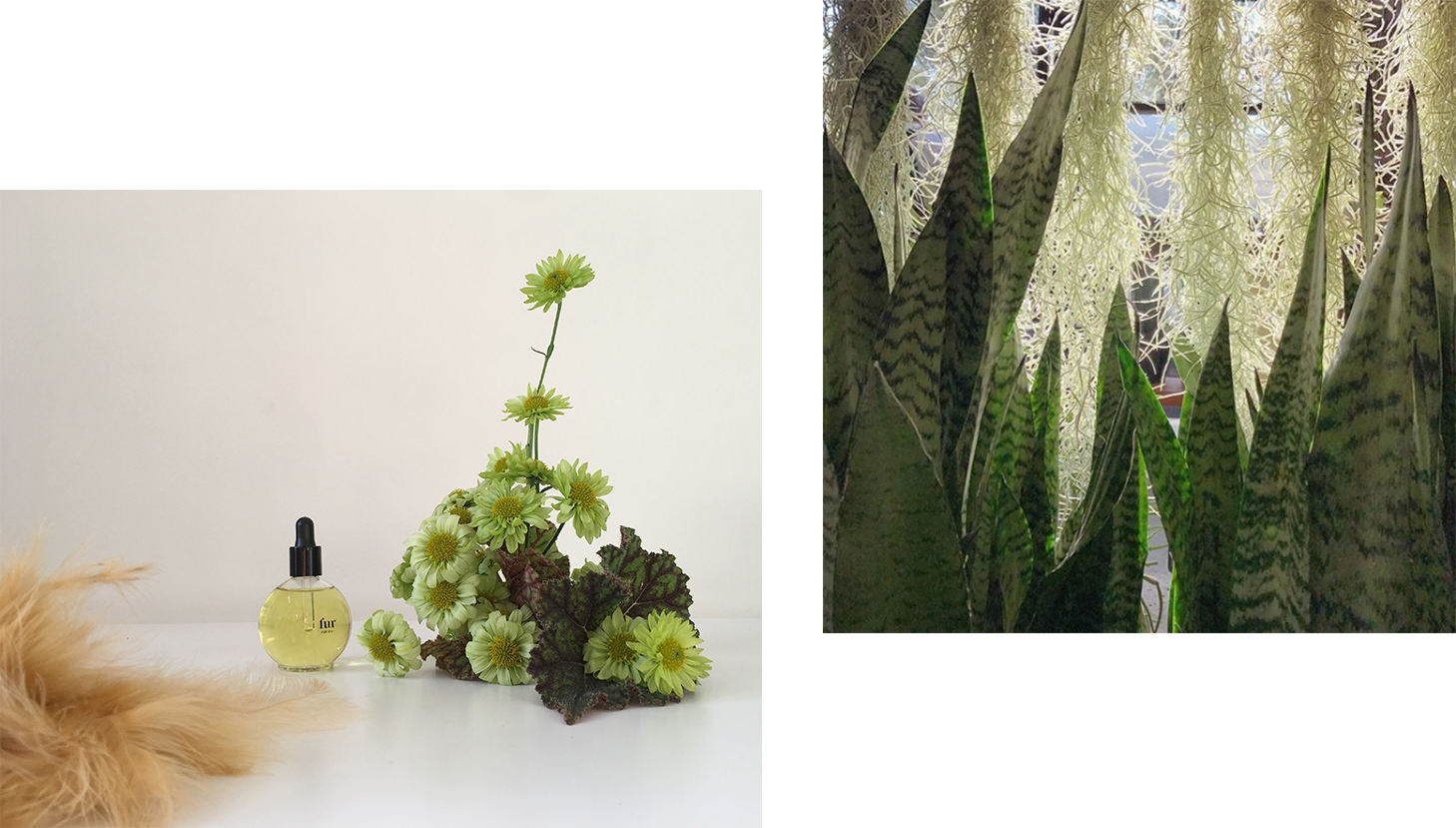
Snake Plant
I’d often get asked if any plants can live with no light at all and the answer is YES! Sansevieria or more commonly, snake plants, can live with little to no light for long periods of time. These sculptural plants like to dry out between watering (around 3-4 weeks between each watering) and prefer to be kept in indirect light, but can live with mostly artificial light. They are also great plants for purifying air and for beginner plant owners.
Low Light
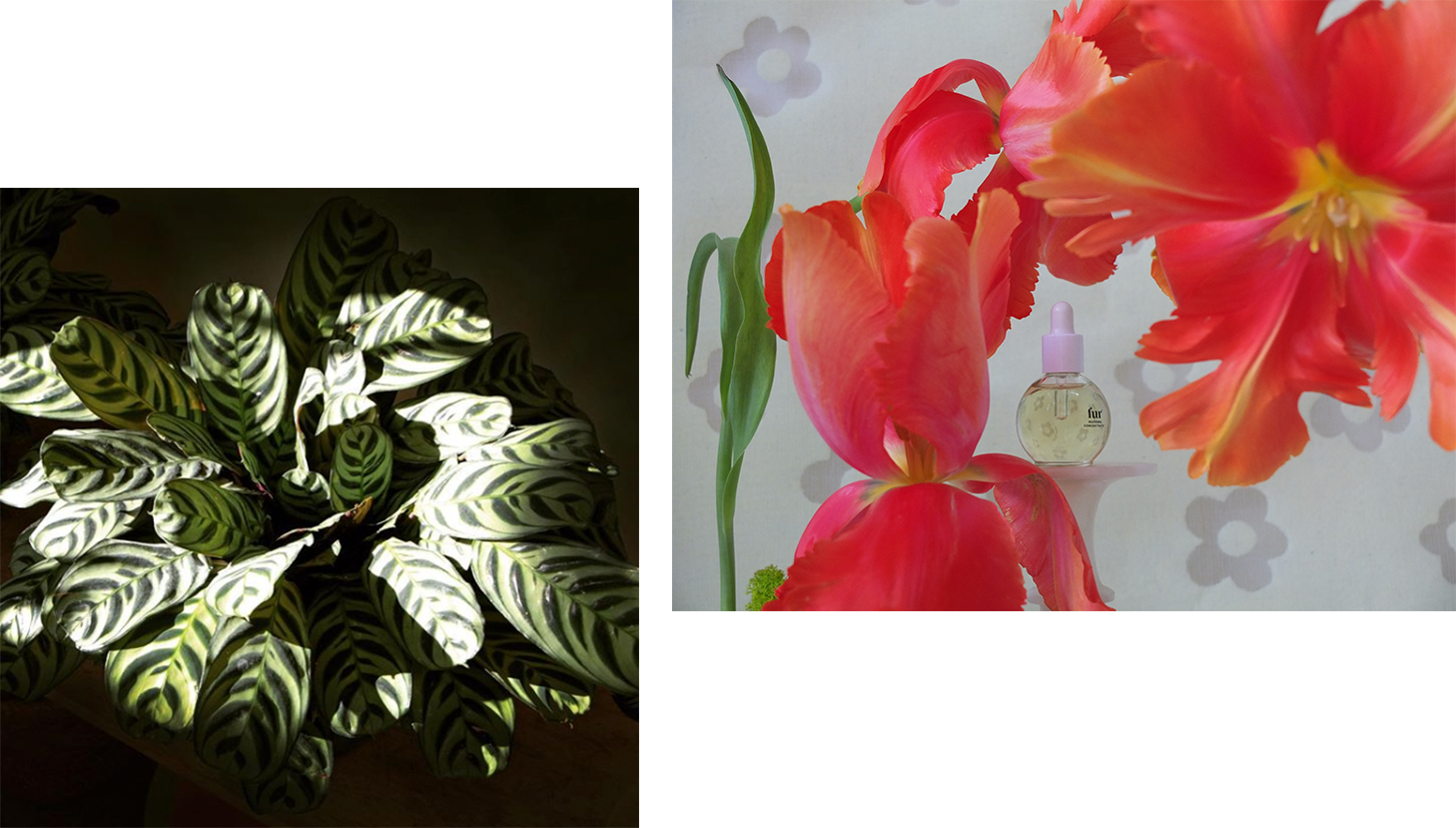
Easy: ZZ plant
The Zanzibar Gem is one of the easiest plants to grow as it can survive in a variety of light conditions and is relatively drought tolerant. It features tall stalks and dark green, waxy leaves climbing the stem. Your ZZ plant can thrive in medium- low light with watering every 2-3 weeks during the summer and every month or so in the winter.
Medium: Calathea
Calatheas are one of my favorite plants because many varieties look like they’ve been hand painted with dots and stripes. These plants are happy in the shade as long as their soil is kept relatively wet, meaning that you should water them when the top inch of soil is dry to the touch. I have one in my bedroom and water it every 5 days to a week with positive results. They key is to remember to water it.
Difficult: Maidenhair fern
Maidenhair ferns are what I imagine to sprout at the feet of a woodland nymph. With feathery, fluttering leaves and chartreuse coloring, these plants would rarely stay in store more than a couple hours before some bright-eyed customer took them home. Unfortunately, these plants are as delicate as they look and need near constant moisture to survive. They are happiest in the shade and with watering as soon as the soil’s surface is dry to the touch (every 3-4 days).
Medium Indirect Light

Beginner: Philodendron
I nearly always suggest Philodendrons to my friends that want to introduce plants into their homes. They’re incredibly easy to take care of, beautiful and leafy so they make for great decoration. My first plant was a philodendron from Home Depot that we now refer to as “Rapunzel” because despite weeks without watering it trails from near the ceiling to the ground. These plants are happiest in indirect light, meaning they should be kept either in or near a North or South facing window or a few feet away from a West or East facing window. They will thrive if you water them every week or so in the summer and week and a half to two weeks in the winter.
Medium: Alocasia
Alocasias are broad, dark leafed plants that are often referred to as “Elephant Ears”. My favorite is the large, standing plant version as it’s rare to find a big plant that doesn’t want to soak up the brightest sun possible. These guys are happiest a few feet away from a window with consistent moisture (especially in the summer). You’ll want to water these when the top 2-3 inches of soil has dried out, and don’t be surprised if you get dripped on if you’re sitting near one of these.
Difficult: Purple Velvet
Purple velvet plants look like they were dreamt up by a dragon. Their curling, purple leaves are soft to the touch and hang down in mystical vines, making them favorites of plant shoppers looking for something weird to put in their homes. Unfortunately, like the maiden hair fern, these plants are incredibly delicate and extremely susceptible to root rot. They like to be kept in medium light with watering when 25% of the soil is dry. You DO NOT want to overwater this plant. Try to avoid getting water on the leaves and do not mist.
Bright Indirect Light
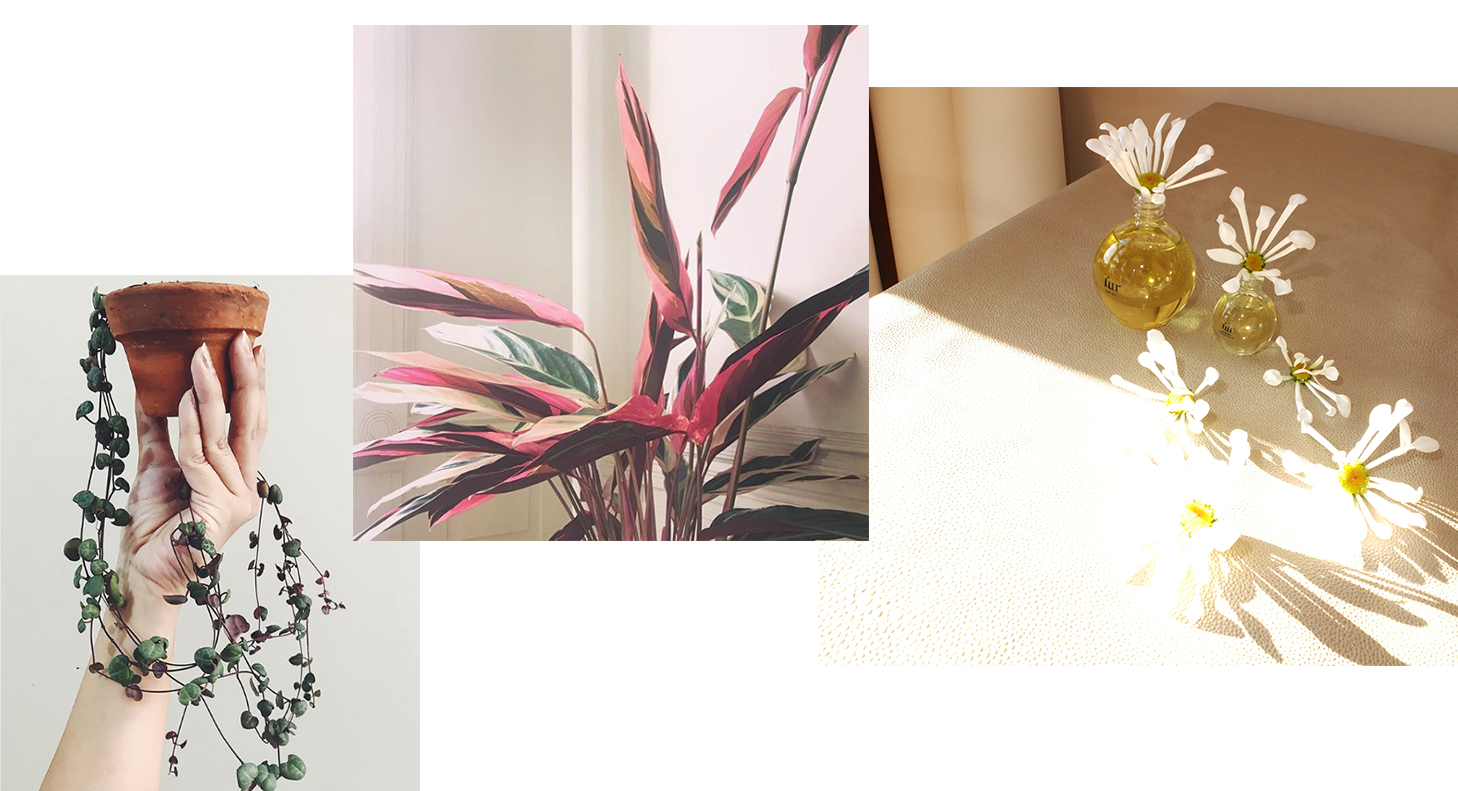
Beginner: Stromanthe
Stromanthe is my absolute favorite plant and for a while I would try to sell it to every customer who came into the store. Like the Calathea, Stromanthes' leaves look like a painted sunset and feature hot pink undersides that flutter up at night in the “Dance of the Stromanthe”. These guys are happiest in bright light that is never direct with watering when about 2 inches of the soil has dried out.
Medium: String of hearts
String of hearts or, the rosemary vine, are appropriately named for their cascading, heart-shaped leaves. Similar to a succulent, these plants like to dry out completely between watering (every 2-3 weeks) and crave incredibly bright light. They are happiest in desert like conditions, but don’t want the brightest direct light.
Difficult: Pilea Peperomiodes
Some people find these plants easier to take care of, but it took me a while to figure out exactly what my Pilea Peperomiodes needed to thrive. Known for being “cute” since they look like polkadots hanging in thin air, these plants are happiest when they are in bright, indirect light and dry out 75% between watering.
Direct Light

Easy: Cactus
Cactus lovers rejoice! If you have a ton of direct light, the possibilities are endless for the cacti you can keep and care for in your home. Cacti love bright, direct light with minimal watering (every 3-4 weeks), whenever the plant has completely dried out. Personally, I am more interested in leafy plants but there are a few funky cacti species I love like the Old Man cactus, brain cactus or rat tail cactus that are relatively easy to find.
Medium: Succulent
I’m listing succulents as slightly more difficult than cactus only because they’re easier to kill. The “leaves” of succulents are filled with water, giving many the appearance of bloated balloons. I’ve had discussions with other plant lovers about the actual level of light succulents thrive in and some people say they actually like bright, indirect light. I’ve found that mine are happiest in direct light with watering every 2-3 weeks in the summer and 3-4 weeks in the winter.
Difficult: Aeonium
My old boss brought one of these into the store one day and within the hour I had wrapped it up for myself, heading her warning that they were somewhat finicky to care for. We refer to this guy as a “Dr. Seuss” plant in my apartment due to its wiggling stem and maroon coloring and it’s definitely one of my favorites. I’ve found that my aeonium likes incredibly direct light and watering when about half the soil has dried out. Without the brightest light possible, this plant will start to drop leaves so do not embark on this adventure unless you have the light to
support it!
A few final notes...
- Don’t be afraid to trim away dead leaves. Your plants need for you to groom them and will be happier if you cut off their dead weight (with scissors).
- Each home is different in terms of humidity/ heat. This guide is a great starting point, but if your plant isn’t happy don’t be afraid to change up your watering schedule.
- Plants grow! So watch out for strangled roots in their current pot size. You should repot your plants every 6 months to a year based on how quickly they’re growing.
Happy plant parenting!
